
Practical UNIX and Internet Security. 3rd Edition Simson Garfinkel, Gene Spafford, Alan Schwartz
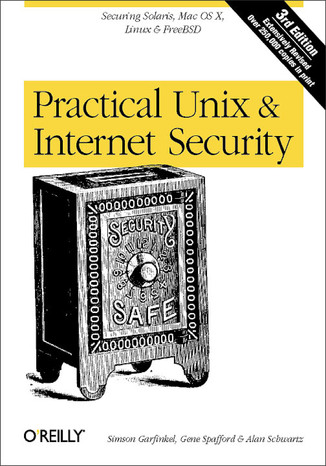

- Autorzy:
- Simson Garfinkel, Gene Spafford, Alan Schwartz
- Wydawnictwo:
- O'Reilly Media
- Ocena:
- Stron:
- 988
- Dostępne formaty:
-
ePubMobi
 opcje wysyłki »
opcje wysyłki »
Opis
książki
:
Practical UNIX and Internet Security. 3rd Edition
When Practical Unix Security was first published more than a decade ago, it became an instant classic. Crammed with information about host security, it saved many a Unix system administrator from disaster. The second edition added much-needed Internet security coverage and doubled the size of the original volume. The third edition is a comprehensive update of this very popular book - a companion for the Unix/Linux system administrator who needs to secure his or her organization's system, networks, and web presence in an increasingly hostile world.Focusing on the four most popular Unix variants today--Solaris, Mac OS X, Linux, and FreeBSD--this book contains new information on PAM (Pluggable Authentication Modules), LDAP, SMB/Samba, anti-theft technologies, embedded systems, wireless and laptop issues, forensics, intrusion detection, chroot jails, telephone scanners and firewalls, virtual and cryptographic filesystems, WebNFS, kernel security levels, outsourcing, legal issues, new Internet protocols and cryptographic algorithms, and much more.Practical Unix & Internet Security consists of six parts:
- Computer security basics: introduction to security problems and solutions, Unix history and lineage, and the importance of security policies as a basic element of system security.
- Security building blocks: fundamentals of Unix passwords, users, groups, the Unix filesystem, cryptography, physical security, and personnel security.
- Network security: a detailed look at modem and dialup security, TCP/IP, securing individual network services, Sun's RPC, various host and network authentication systems (e.g., NIS, NIS+, and Kerberos), NFS and other filesystems, and the importance of secure programming.
- Secure operations: keeping up to date in today's changing security world, backups, defending against attacks, performing integrity management, and auditing.
- Handling security incidents: discovering a break-in, dealing with programmed threats and denial of service attacks, and legal aspects of computer security.
- Appendixes: a comprehensive security checklist and a detailed bibliography of paper and electronic references for further reading and research.
Wybrane bestsellery
O'Reilly Media - inne książki
Dzięki opcji "Druk na żądanie" do sprzedaży wracają tytuły Grupy Helion, które cieszyły sie dużym zainteresowaniem, a których nakład został wyprzedany.
Dla naszych Czytelników wydrukowaliśmy dodatkową pulę egzemplarzy w technice druku cyfrowego.
Co powinieneś wiedzieć o usłudze "Druk na żądanie":
- usługa obejmuje tylko widoczną poniżej listę tytułów, którą na bieżąco aktualizujemy;
- cena książki może być wyższa od początkowej ceny detalicznej, co jest spowodowane kosztami druku cyfrowego (wyższymi niż koszty tradycyjnego druku offsetowego). Obowiązująca cena jest zawsze podawana na stronie WWW książki;
- zawartość książki wraz z dodatkami (płyta CD, DVD) odpowiada jej pierwotnemu wydaniu i jest w pełni komplementarna;
- usługa nie obejmuje książek w kolorze.
Masz pytanie o konkretny tytuł? Napisz do nas: sklep@ebookpoint.pl
Książka drukowana




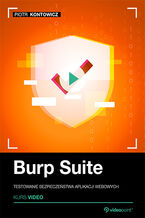



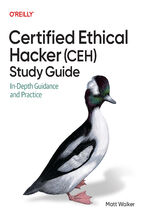










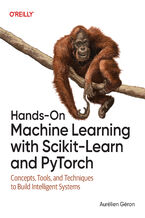
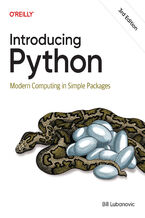


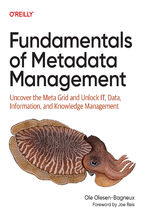

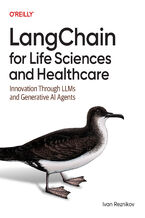
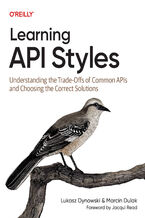
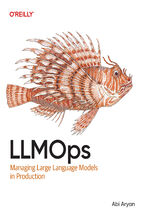

Oceny i opinie klientów: Practical UNIX and Internet Security. 3rd Edition Simson Garfinkel, Gene Spafford, Alan Schwartz
(0)